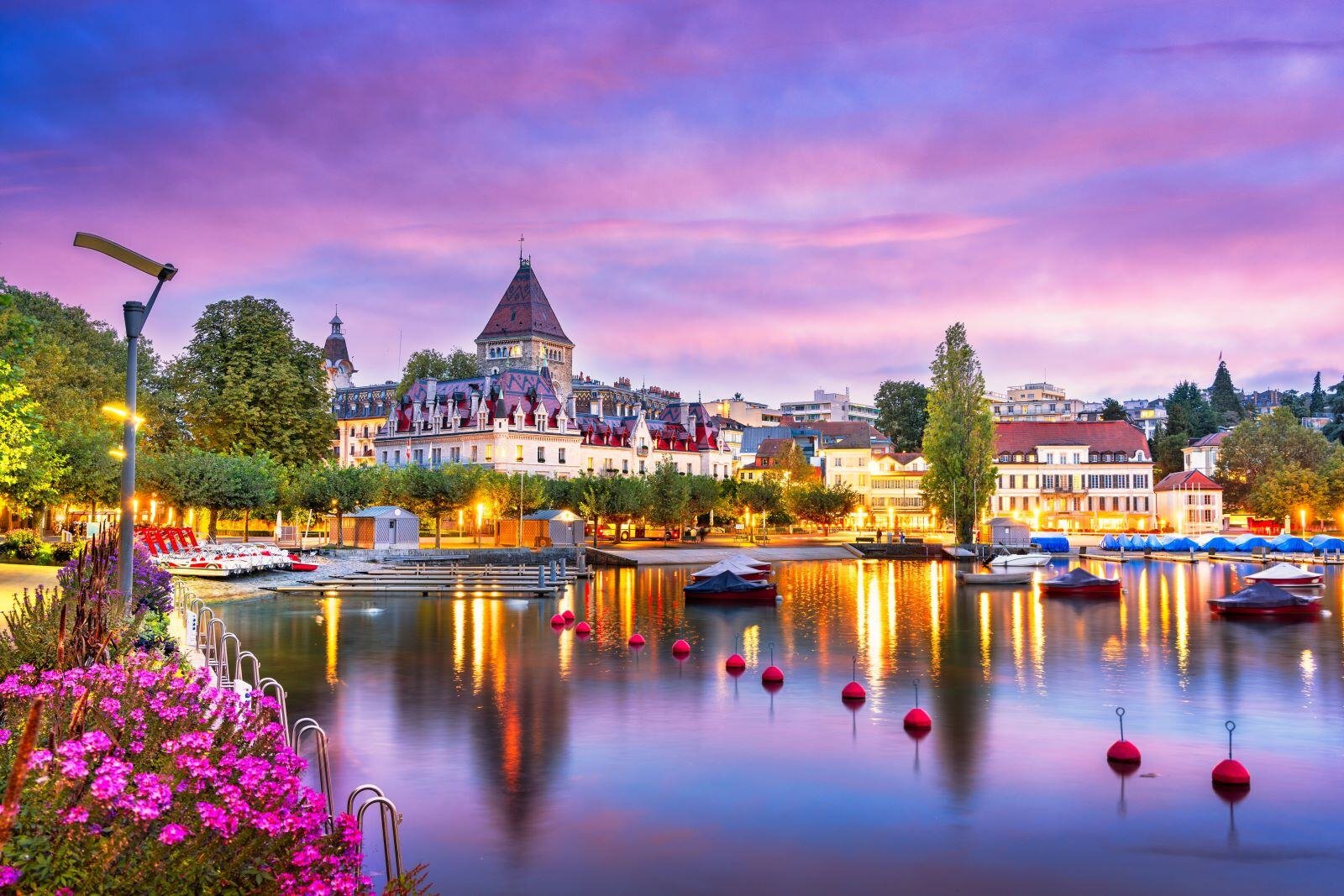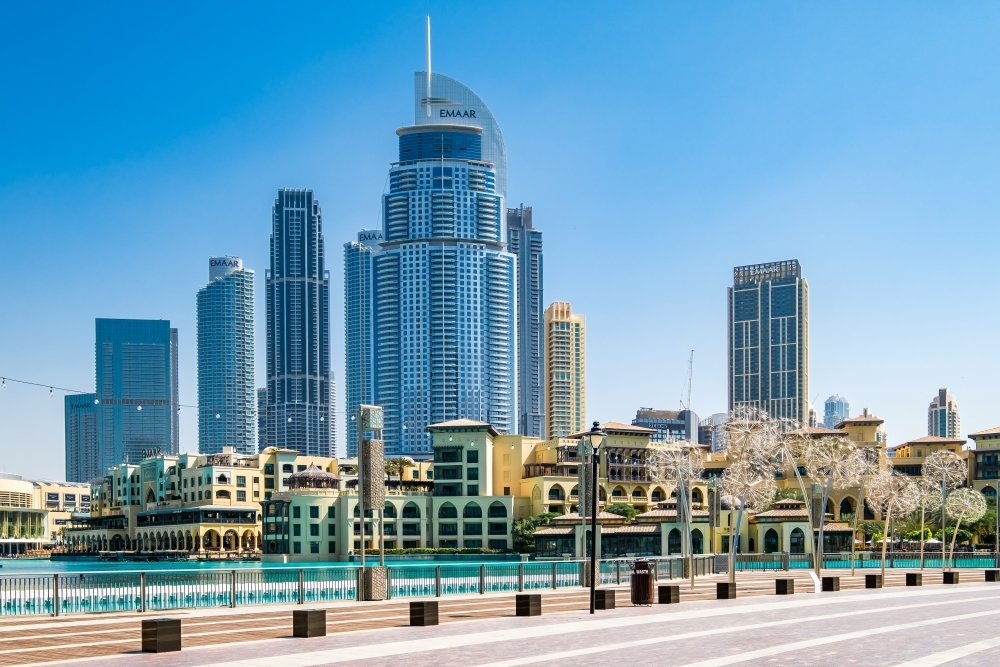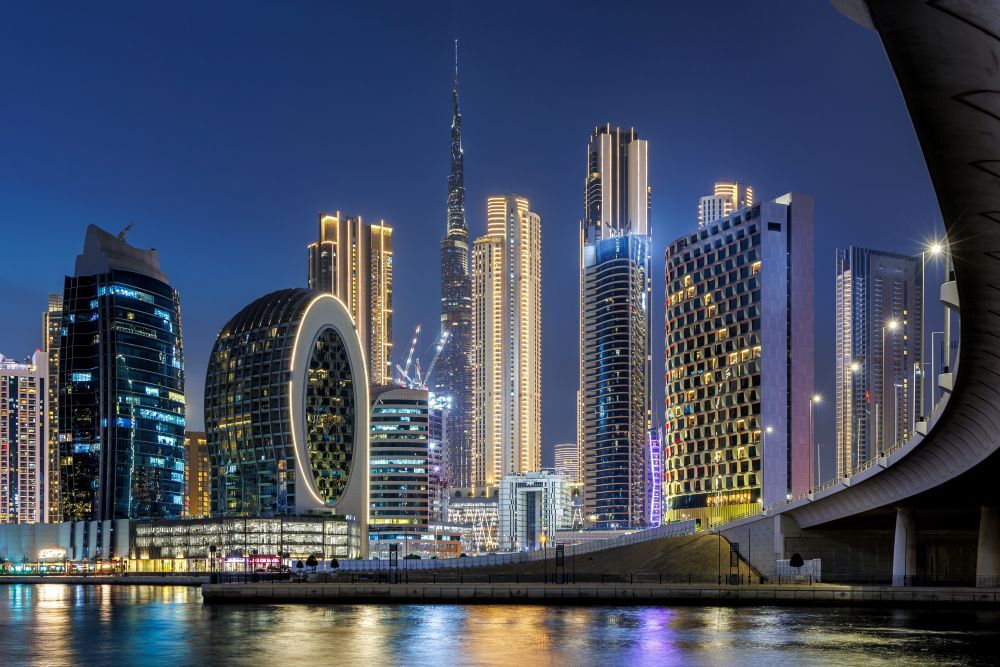The World’s Most Expensive Countries
Ever since globalisation cleared up the demarcations restricting trade and interactions with international economies, certain countries around the world have capitalised on these liberties by balancing high demands with limited supplies and establishing a strong currency and hence, better buying power. Their governments put enabling regulations and taxation systems in place that resulted in advanced infrastructures, better income standards, and sophisticated consumer markets.
These strategic moves have allowed these countries to build their economies, increase their standard of living, and earn themselves the title of the world’s most expensive countries, a coveted trait by HNW and UHNW individuals from around the world.

1. Switzerland
Switzerland consistently ranks among the most expensive countries in the world. The strength of the Swiss Franc (CHF) and the country's high level of living all contribute to its high prices. A family of four normally spends around CHF 7,078 per month on living expenditures, whilst an individual may spend approximately CHF 4,190. Major expenses include accommodation, healthcare, and consumables, with a small flat in Zurich costing between CHF 2,000 and CHF 3,000 per month. Switzerland's economy is driven by businesses such as banking, pharmaceuticals, and manufacturing, with a GDP per capita of USD 106,000, demonstrating the country's economic strength. Switzerland's strong currency and stable economy make it an attractive, but expensive, destination to live.
2. Norway
(Most Expensive Countries)
Norway is recognised for its stunning natural landscapes, but it also has a high cost of living. A family of four may expect to spend approximately 45,827.6 NOK (USD 4,221) each month, excluding rent. These high prices are supported by a strong Norwegian Krone (NOK) and an economic recovery driven mostly by oil and gas production. Norway's GDP per capita is expected to reach USD 80,831 by the end of 2024, indicating its economic strength. Housing costs in cities, particularly in Oslo, are high, with rent for a basic flat ranging from NOK 10,000 to 15,000 per month. Despite these costs, Norway's strong welfare system and high level of living continue to draw expats and tourists.
3. Iceland
Iceland's unique geographical location, which includes glaciers, volcanoes, and hot springs, results in a high cost of living. A single person in Iceland spends about ISK (Icelandic krona) 172,087 (USD 1,210) every month, whilst a family of four may spend roughly ISK 635,450 (USD 4,465). Iceland's economy, which is mainly focused on tourism and fishing, displays resilience, with a GDP per capita of USD 84,000. However, the country's isolated location and reliance on imports make everyday necessities such as groceries and petrol very expensive. Housing in Reykjavik is particularly costly with a one-bedroom flat reaching ISK 180,000 to 250,000 per month.
Read Also : Most Expensive Hotel In Dubai
4. Japan
Japan is famed for its scientific breakthroughs and rich cultural legacy, but it is also one of the more expensive places to live. The monthly cost for a family of four is approximately ¥570,000 (USD 4,000), while an individual may pay roughly ¥350,000 (USD 2,500). The strong Japanese yen and high demand for housing, particularly in areas like Tokyo, contribute to these high living costs. Japan's GDP per capita is predicted to reach USD 36,465 by 2024. Additionally, Japan's preference for high-quality items, particularly in food and technology, raises costs. Nonetheless, the country's efficient public services and excellent standard of living make it a popular choice among expats and investors.
5. Denmark
(Most Expensive Country To Live)
Denmark, known for its powerful welfare system, counts as one of the world's most expensive countries. The monthly living cost for a family of four is around DKK (Danish krone) 44,258 (USD 6,400), while an individual's expenses are estimated at DKK 23,451 (USD 3,390). Denmark's GDP per capita is expected to reach USD 61,251 by the end of 2024, indicating economic prosperity. Housing costs are particularly high, with a basic flat renting for between DKK 8,000 and 12,000 per month. Despite these costs, Denmark provides significant public services, including free healthcare and education, making it a highly attractive location to live.
6. Singapore
Singapore is famed for its modern facilities and evolving culture, but it is also one of the world's dearest cities. The cost of living in Singapore is much higher due to reasons such as limited land, high demand for homes, and the overall cost of products and services. A single person's monthly living expenditures are projected to be between SGD (Singapore dollar) 2,400 and SGD 3,500 (USD 1,780 to USD 2,600), but a family of four may spend between SGD 6,500 and SGD 8,000 (USD 4,830 to $5,950). The high expense of living is most noticeable in housing, where a three-bedroom flat in the city centre can rent for SGD 4,000 to SGD 7,000 (USD 2,970 to USD 5,200) or more per month. Despite the costs involved, Singapore is a common expat destination due to its high standard of living, good healthcare, and thriving economy. The Singapore dollar (SGD) is a strong currency that reflects the country's thriving financial industry and stable economic circumstances.
Read Also : Most Expensive Horse Ever Sold
7. Luxembourg
Luxembourg is one of Europe's wealthiest countries, with a correspondingly high cost of living. A family of four can expect to spend about EUR 3,276 (USD 3,566) each month, but an individual's expenses are roughly EUR 942.80 (USD 1,026). Luxembourg's GDP per capita, which is among the highest in the world, is expected to exceed $1 million by the end of 2024. The country's stable economy, led by the banking and financial services sector, contributes to the high cost of living. Housing is especially expensive, with rent and mortgage payments taking up a large portion of household income. Nonetheless, Luxembourg's exceptionally outstanding quality of life, superb public services, and low unemployment rate make it an ideal place to live.
8. Monaco
(World's Most Expensive Country)
Monaco, a tiny but gorgeous principality on the French Riviera, is widely recognised for its lavish lifestyle. In the principality's top districts, such as Monte Carlo, the typical monthly rent for a one-bedroom flat run from €4,000 to €7,000 (USD 4,700 to USD 8,200), while purchasing property can cost more than €50,000 per square metre (USD 58,500), putting real estate prices among the highest globally. Monaco has a GDP per capita of roughly USD 190,000, indicating its rich economy based on finance, tourism, and luxury services. Despite the high cost of living, Monaco attracts wealthy residents and investors due to its beneficial tax policy, great safety standards, and good quality of life. Monaco's government continues to spend on infrastructure and public services to maintain its status.
The countries listed above represent some of the most expensive places to live globally. The high costs, driven by strong currencies, healthy economies, and excellent living standards, make these countries attractive yet challenging places to reside. For expatriates and investors, moving to one of these places requires consideration of the financial implications. However, the high costs are often balanced by the exceptional quality of life, excellent infrastructure, and opportunities these countries offer. Whether you are considering relocation or simply exploring the global economy, understanding the factors behind these high prices can provide valuable insights into the nature of balancing luxury living.



